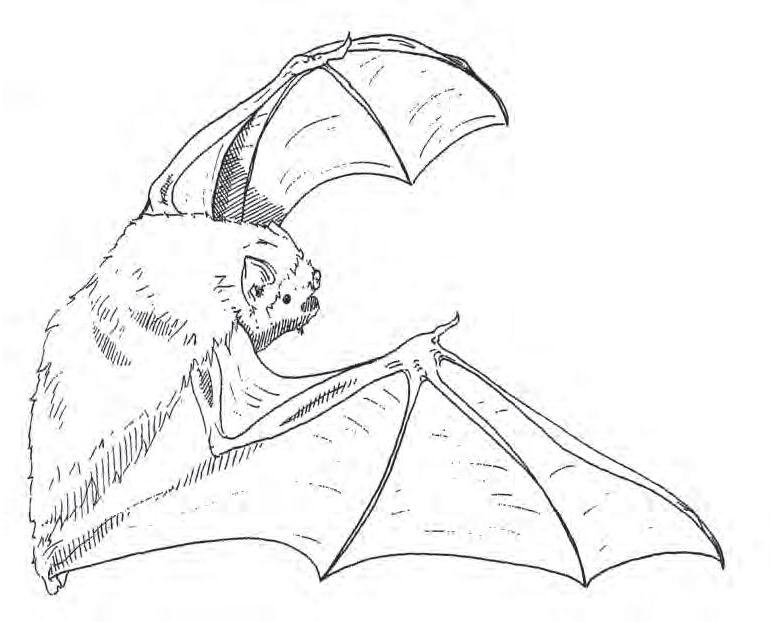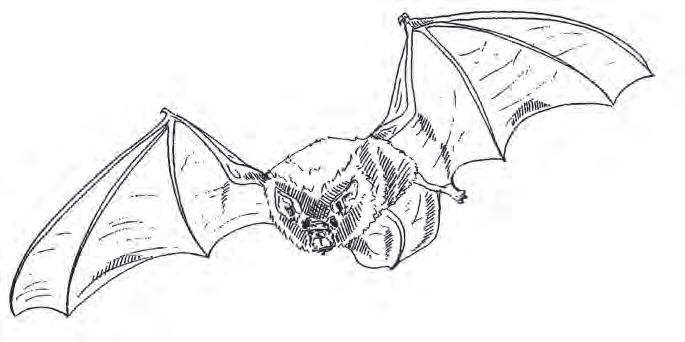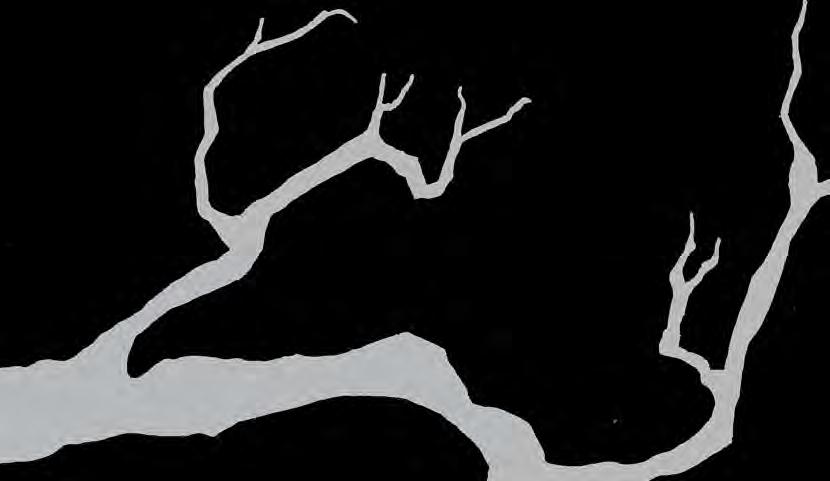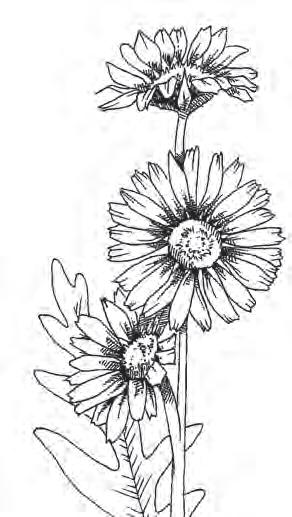
3 minute read
Bats
EASTERN RED BAT
1. Lasiurus borealis, commonly known as the eastern red bat, is a species of bat in the Vespertilionidae family that is widespread across eastern North America. A mediumsized vesper bat, it is typically 3 to 5 inches in length with a wingspan of 13 inches. It has small rounded ears and long silky fur. Males are generally red in color, while females are brown with some white. It is insectivorous, with moths and beetles making up the majority of its diet, and hunts in the early evening in wooded areas, near water, and in urban areas around streetlights. A fast flier, it often follows the same path each night. It typically lives in
Advertisement
1. or near forests and roosts among foliage, usually in deciduous trees such as elms and maples. It is generally solitary except during mating and migration. Males roost alone throughout the summer, while females roost with their young until they are weaned. It migrates in flocks to the southern part of its range for winter and hibernates during cold months, although it can be seen foraging for insects on warm nights. Its fur provides protection from severe cold, and it uses its heavily furred tail like a blanket.
HOARY BAT
2. Lasiurus cinereus, commonly known as the hoary bat, is a species of bat in the Vespertilionidae family. One of the largest and most widespread bats in the Americas, it is typically 5 to 6 inches in length with a wingspan of 15 to 16 inches. It has a dense, dark to grayish brown coat tipped with white, with distinct patches of yellow fur on the throat and white patches on the wrists and shoulders; its body is covered with fur except for the undersides of its wings. It has short rounded ears that are edged in black and a heavily furred tail. Unlike most bats, its echolocation noises are often audible to humans. It is insectivorous, with moths making up the majority of its diet, and typically hunts at night over treetops and lakes and in densely vegetated urban areas. Despite its solitary nature, it will often form groups when hunting. Found in a wide range of habitats, it normally roosts alone, generally preferring coniferous trees. Some remain in northern areas and hibernate during winter; most are migratory and can travel long distances into South America. Like the eastern red bat, it uses its tail like a blanket to shield from cold. It typically lives two years in the wild but can live up to six to seven years.
2.


SILVER-HAIRED BAT
3. Lasionycteris noctivagans, commonly known as the silver-haired bat, is a species of bat in the Vespertilionidae family that is found in most of the northern United States. A medium-sized vesper bat, it is typically 4 inches in length with a wingspan of 11 to 13 inches. It has a predominately black coat tipped with white, most prominently on its back; its body is covered with fur except for its wings, snout, and ears. It has short rounded ears and a partially furred tail. It is insectivorous, with moths, flies, beetles, and spiders making up the majority of its diet. It forages low over water and forests early in the evening, sometimes appearing in broad daylight. It is generally solitary but may form small “maternity colonies” in spring and comes together in groups during migration. It roosts in deciduous tree hollows, generally willow, maple, and ash trees; under loose bark; in birds’ nests; and sometimes in buildings or caves, where it may also hibernate. Most travel south for the winter months, although some hibernate in more northerly locations, and females are believed to migrate farther than males. One of the slowest flying bats in North America, it can live up to twelve years.
3.











